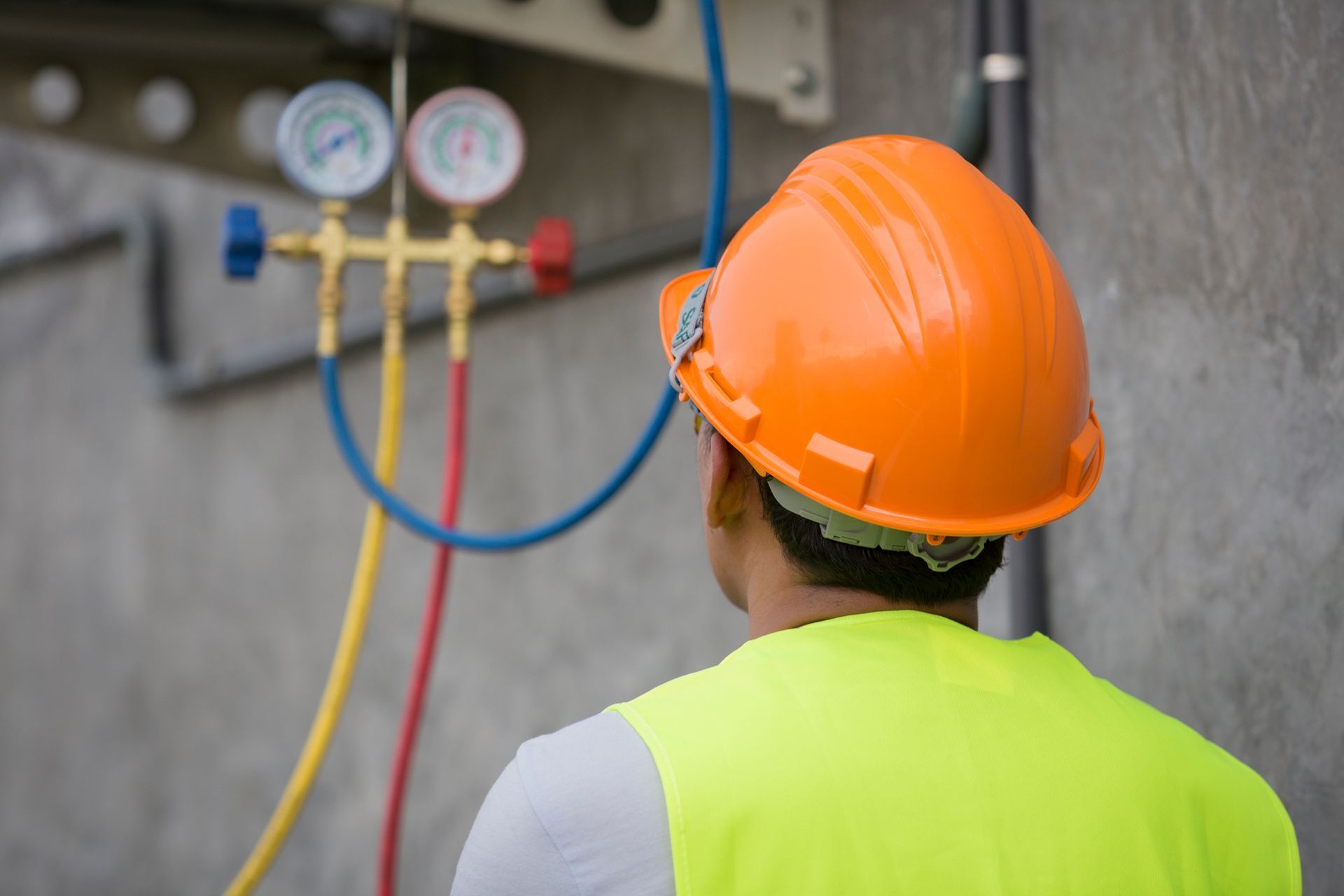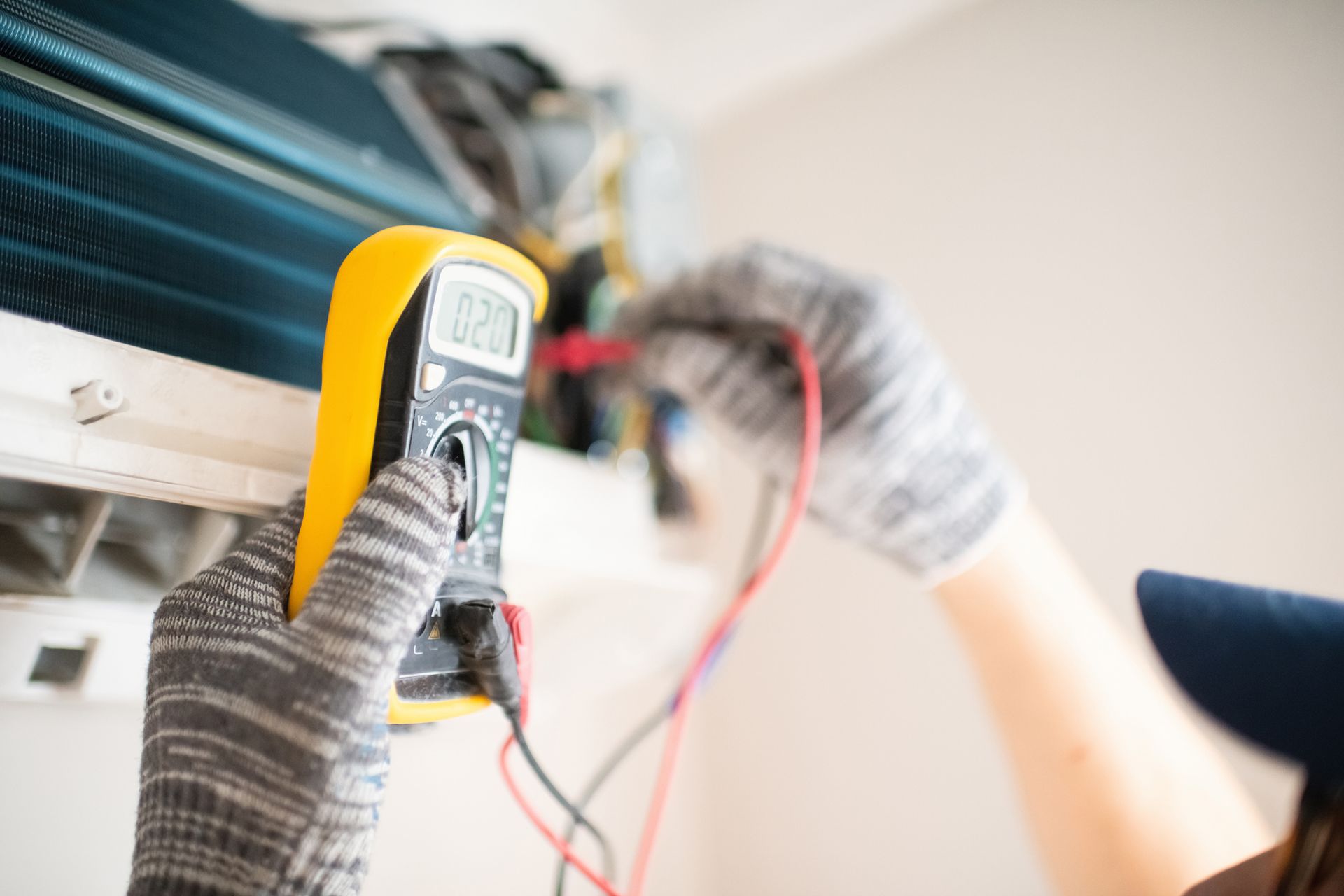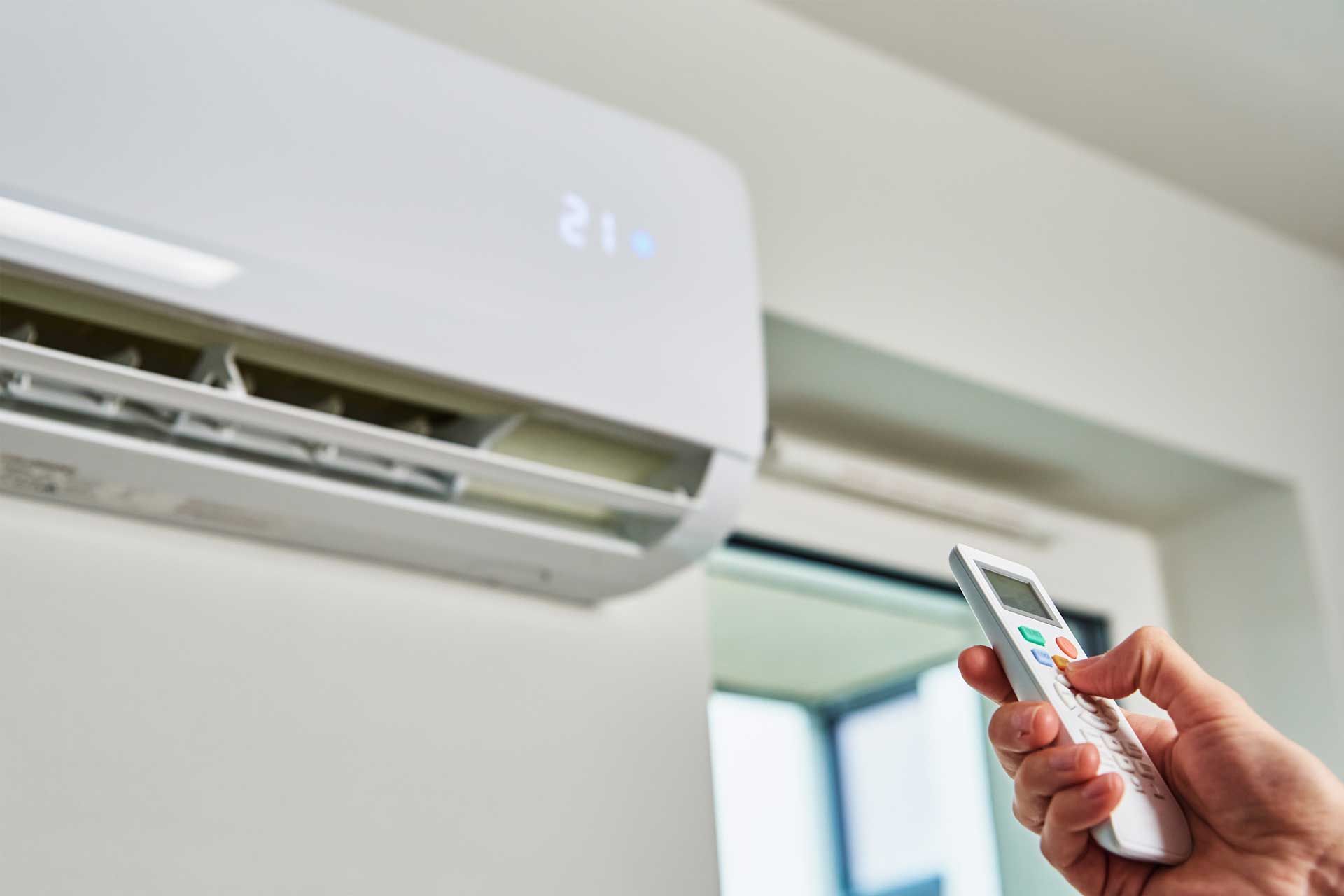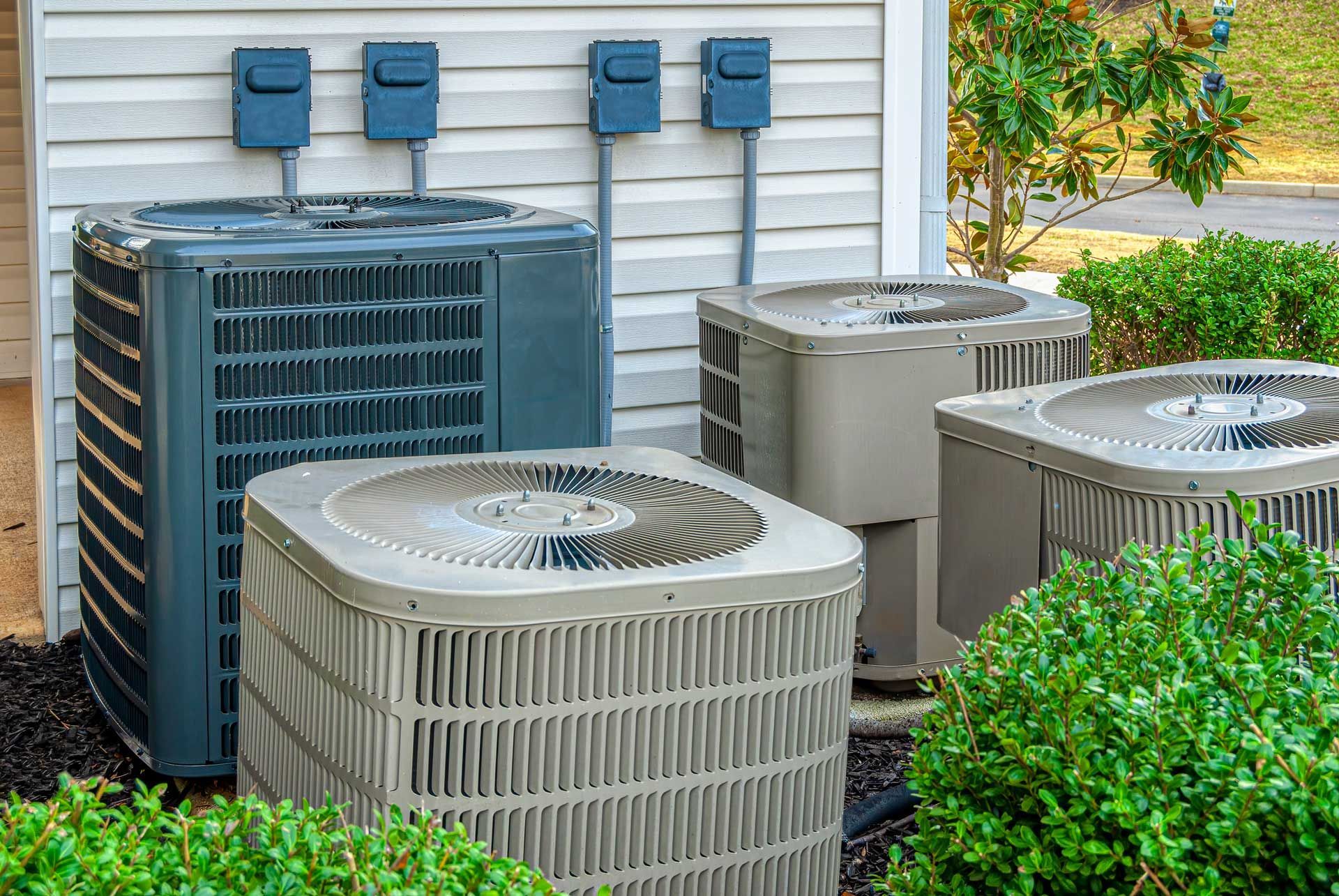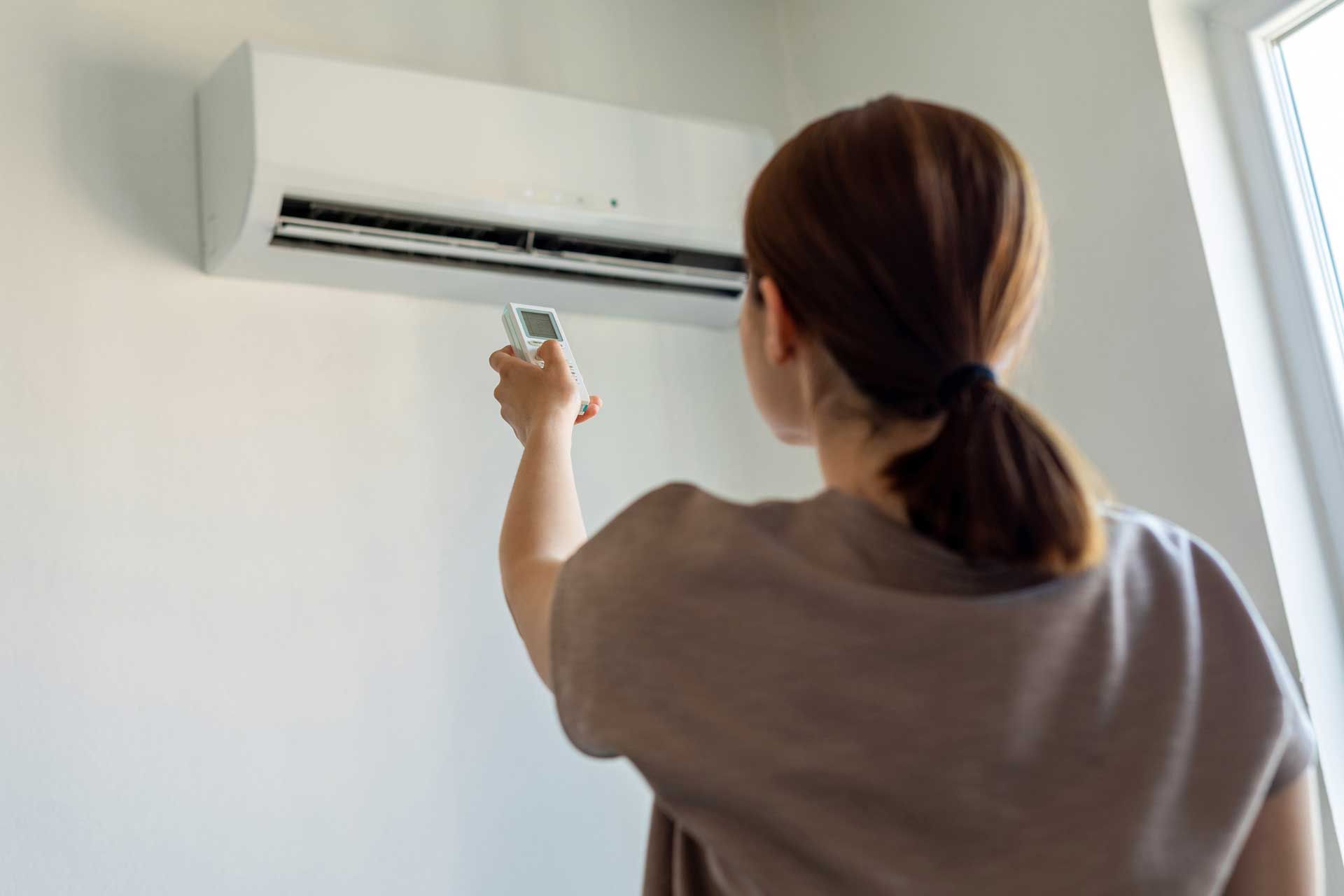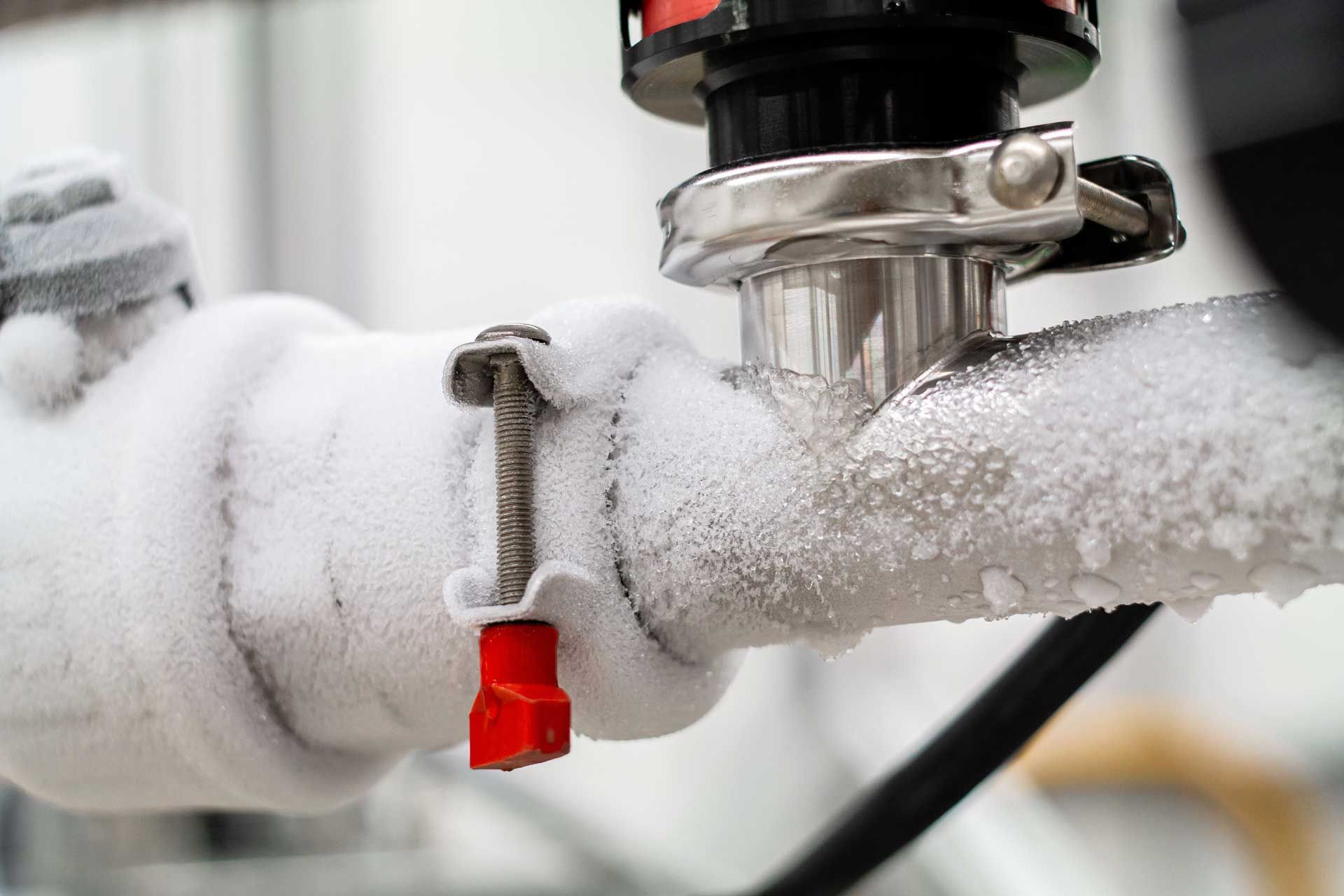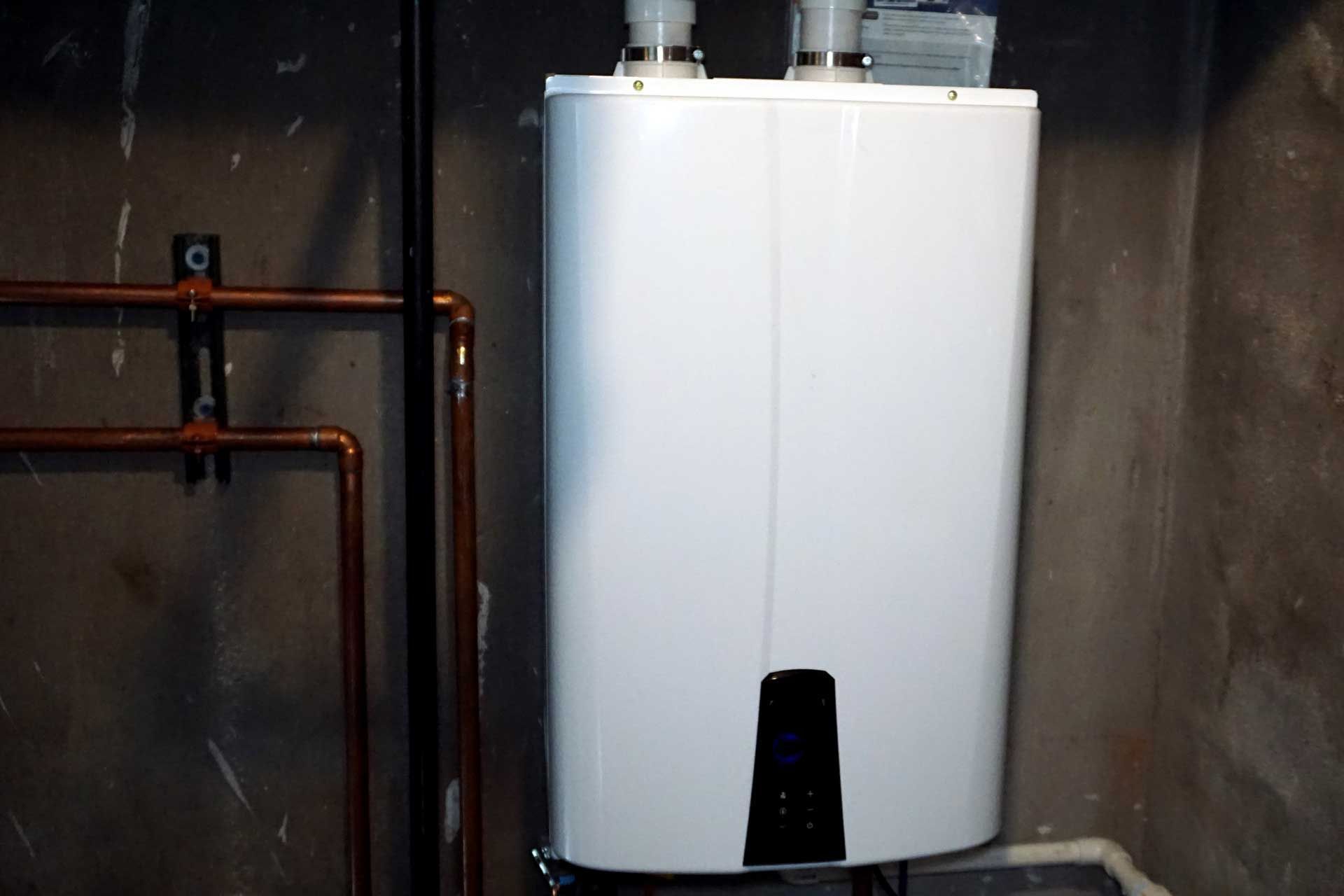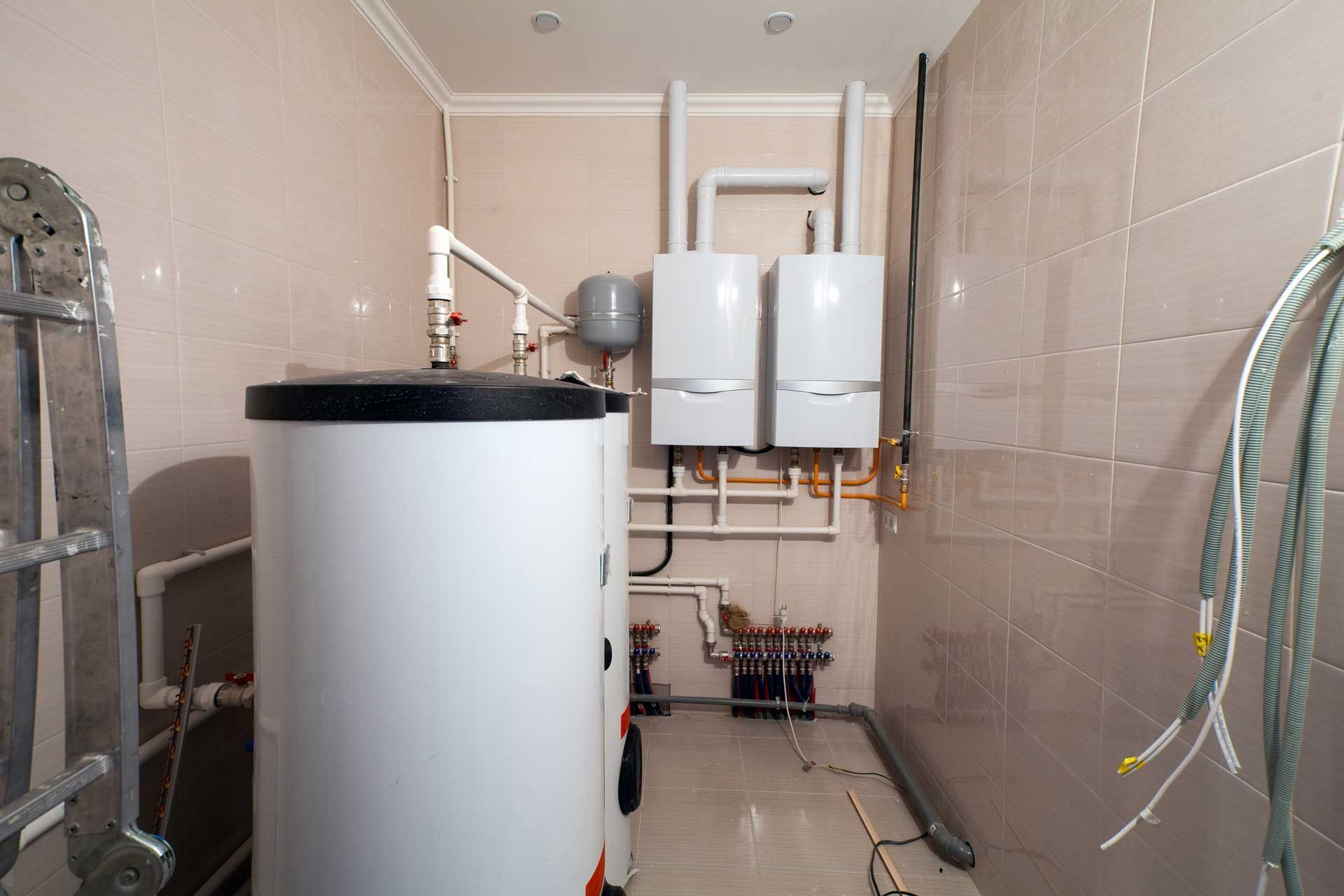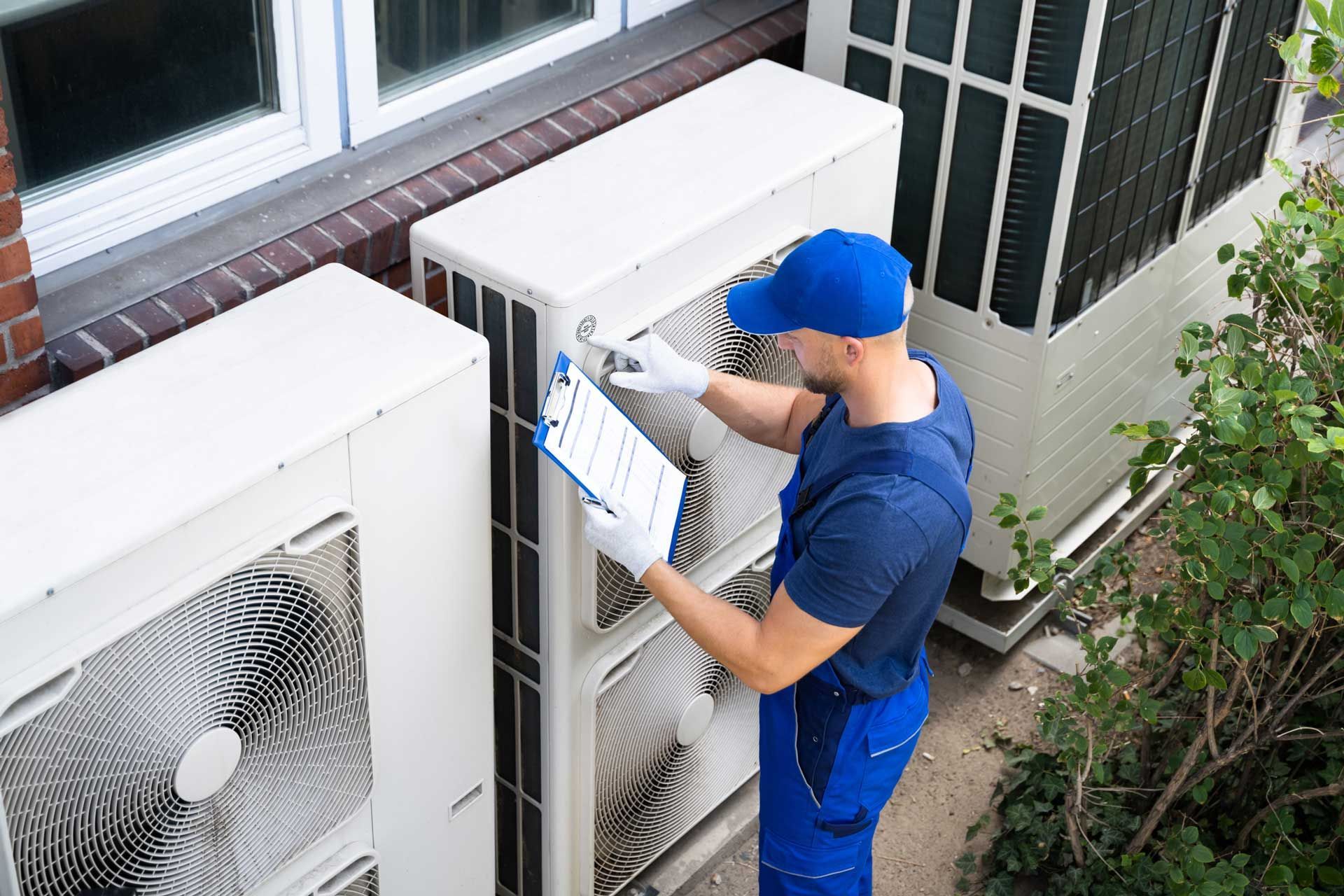4 Signs Your Sump Pump Has a Problem
You don't always get a warning that your sump pump isn't working. The first sign of trouble is flooding in your basement.
However, sometimes, your pump gives signs that it has a problem before it breaks down completely. What should you look out for?
1. Your Pump's Cycle Has Changed
A sump pump should settle into a predictable operating cycle. It turns itself on when it detects a certain level of water in its pit; it then turns off again after it pumps out the water.
Sometimes, you can tell that something isn't right by a change in the way a pump cycles. Sometimes, it doesn't turn on at all or it cycles constantly and doesn't turn itself off. Or, the pump might seem to work at the right times, but it takes longer than usual to do its job.
These problems are often down to problems with the pump's float or switch. These devices monitor water levels. When water reaches a certain level, they should start up the pump. They should then shut it down when the level recedes again.
If the float is stuck or broken, then the pump will struggle to know when to start and stop. For example, the pump might stay on all the time or cycle on and off repeatedly if the float sticks in one position even if there isn't that much water in the pit.
2. Your Pump Makes Unusual Noises
All sump pumps make some noise as they work. You get used to this noise once you've heard the pump cycle on and off a few times.
However, you should listen out for unusual noises when the pump is on. These noises can be a sign that something is wrong.
For example, if your pump's volume suddenly gets a lot louder, then it might have a bearing problem. If you hear banging, rattling, squeaking or grinding noises, then the unit's fan might be damaged or stuck. You might also have a motor fault.
If the pump also vibrates a lot when it makes unusual noises, then you probably have an impeller problem. The impeller pulls water into the pump. If it brings in a hard or large lump of debris, then the object might bend or break parts of the impeller. If it loses balance, it wobbles and makes the pump vibrate.
3. Your Pump Looks Rusty
Sometimes, a problem pump works and sounds OK, but you can see signs of potential damage. For example, you might spot brown discoloration that looks like rust.
While pumps sometimes do suffer from battery corrosion, this discoloration might also be a bacterial problem. Some bacteria feed on iron in a water supply and then create a rusty residue.
If this residue builds up, then it can turn into a gel. If the gel gets inside your pump it can affect the flow of water through the unit. It can also clog up working parts. Eventually, the pump could overheat or break down.
4. Your Pump Trips Its Circuit
Sometimes, you only notice a problem with a pump when something else goes wrong. For example, if your pump regularly trips its electrical circuit when it powers on, then you know that all is not well.
If your pump hasn't had any electrical problems in the past, then it probably has an internal fault. For example, it might have a loose or damaged wire. Or, the pump's impeller or switch might be damaged or stuck. A faulty motor that is trying to draw too much power can also trip a circuit.
